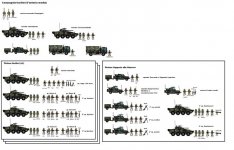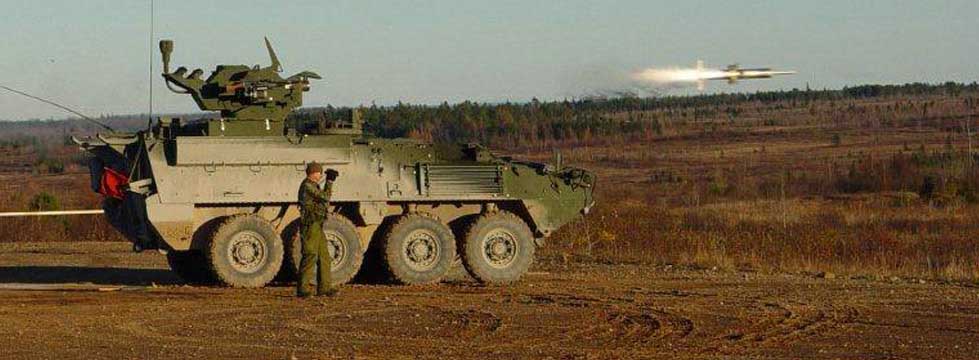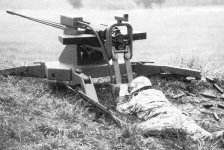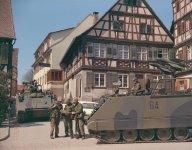Short answer is yes. An infantry battalion ought to be fairly self sufficient and not dependant on the Bde to provide its Anti Tank defence.
Unless you're one of those that believe that hand-held ATGMs have made the tank obsolete the primary anti-tank defence for an Infantry Battalion does depend on the Brigade...in the form of the Armoured Regiment.
Interestingly enough we did try a Bde anti tank company and it was not a positive experience for the Bde, units, and those involved. There’s a couple other parts to this about having the ability to move new bodies into those positions, and the often overlooked advisory roles that those *9As filled on the Bn CP.
I'd be very interested in knowing more about this experiment. What form did this AT Company take? Was it formed by drawing away the AT assets from the various Weapon Detachments and grouping them in a centralized Company or was it a new Company added to the ORBAT with personnel and weapons above and beyond the Battalion's standard configuration? What were the major issues that were found with the set-up? What changes were made in follow-up iterations of the experiment to try and resolve the issues identified or was this a one-off experiment with no follow up?
The MG Bns we’re essentially heavy mortar and HMG companies; the Bns themselves maintained their own CS platoons. Maybe I’m missing your point and your talking about an in addition to and not an instead of ? If it’s the later I’m staunchly against it, if it’s the former I think it’s superfluous.
Definitely an "in addition to" as opposed to an "instead of". I'm simply raising this as a possible solution to the observation by KevinB and others that the nature of modern peer warfare (improved ISR, increased range of hand-held ATGMs, long range precision munitions, etc.) is making the concentration of forces, especially outside of complex terrain, extremely dangerous and is resulting in a much more dispersed deployment of troops.
This then led to some suggestions that due to the greater area each Section may have to cover/defend that longer range band weapons such as additional C6's and ATGMs like the Javelin may need to be pushed down to the section level.
My concern is this. How much can you push down to a 7-soldier dismounted infantry section and expect them to be proficient in the use of all of these assets? Carbine and LMG with Grenade Launcher and Disposable Rockets for the assault. GPMG and Recoilless Rifle for the fire base. Additional GPMG(s) and ATGM in the weapons locker for defence. DMR and UAV for additional support. Throw in a 60mm Mortar as well?
Due to casualties you then need to be able to cover off each member of the Section if they are killed/wounded. Never mind the requirement to perform vehicle maintenance and cover for vehicle crew losses as well.
At what point are we looking more like a SOF team rather than an Infantry Section? By overly centralizing all of our assets and capabilities into a single "standard" force structure are we in effect watering down their effectiveness? In WW2 there were a much wider variety of units, sub-units and attached specialty Battalions/Companies within a Division/Brigade than we have in our current military.
Maybe that's a good thing and a sign that we've improved upon the combined arms structures that they were putting together in WW2. Or maybe it's a sign that peacetime economic constraints have caused us to forget some of the lessons learned in hard combat and we need to rely more on supporting arms rather than developing all-singing, all-dancing, self-sufficient units that can do everything. I don't claim to have the answer to that, but I think it may be a question worth asking.
Not really, we’re doing this now and with respect to the reservist involved it’s simply not a reliable force generator.
In some ways it's understandable that the Reserves can't be a reliable force generator. If the expectation is that the member of an Infantry Section must be capable of their basic infantry tasks as well as being capable of stepping in with a wide variety of additional supporting tasks as noted above then of course a part-timer won't be able to step into that role.
That being said, we better hope that we can find a way to make our Reserves into reliable force generators because if we ever to get involved in a major war our small army will likely get much smaller quite quickly.









